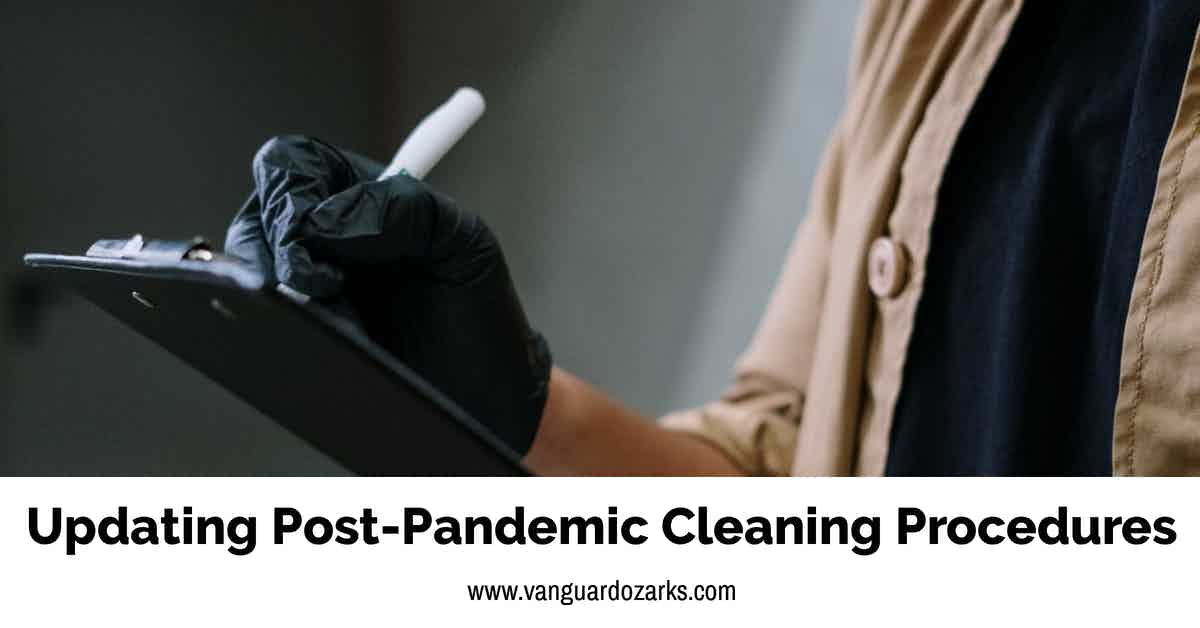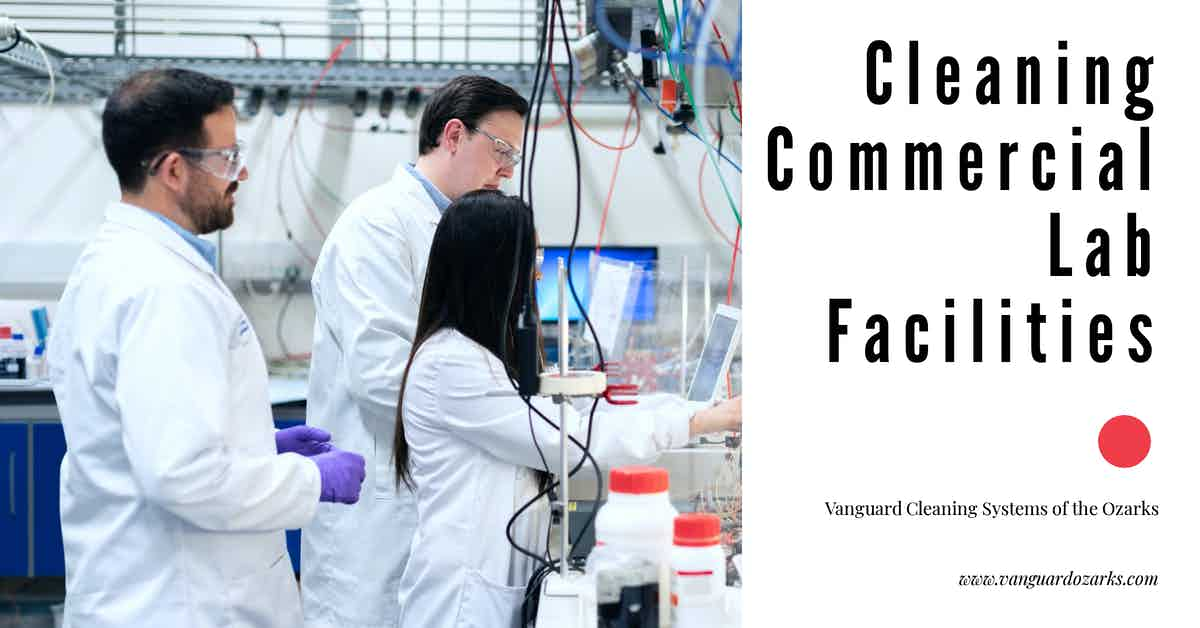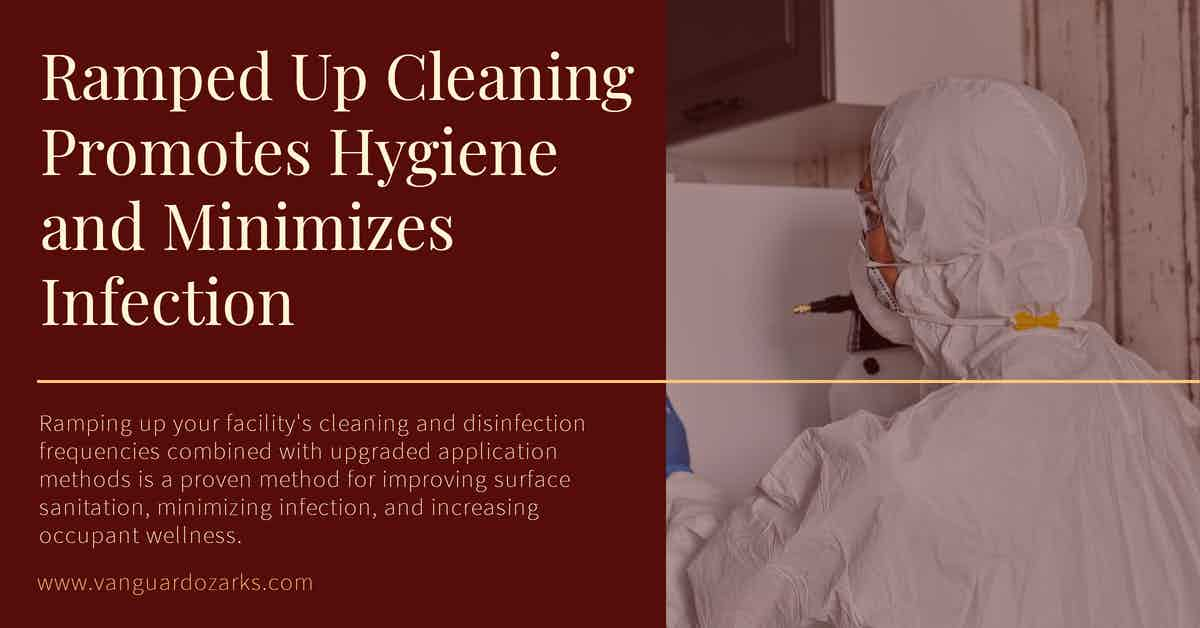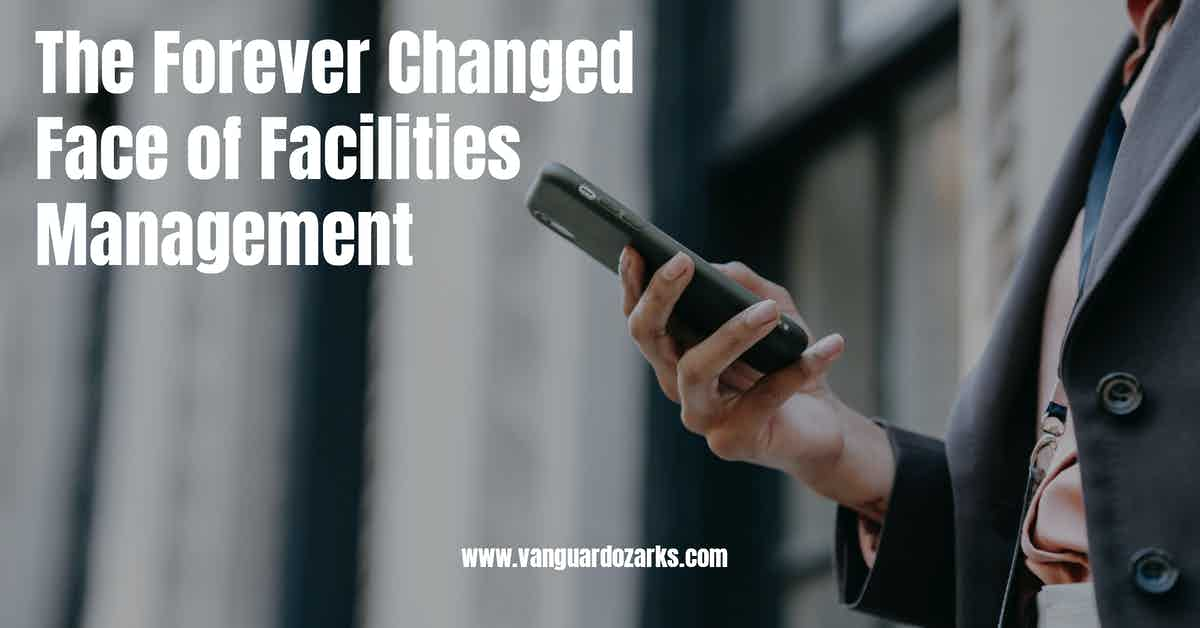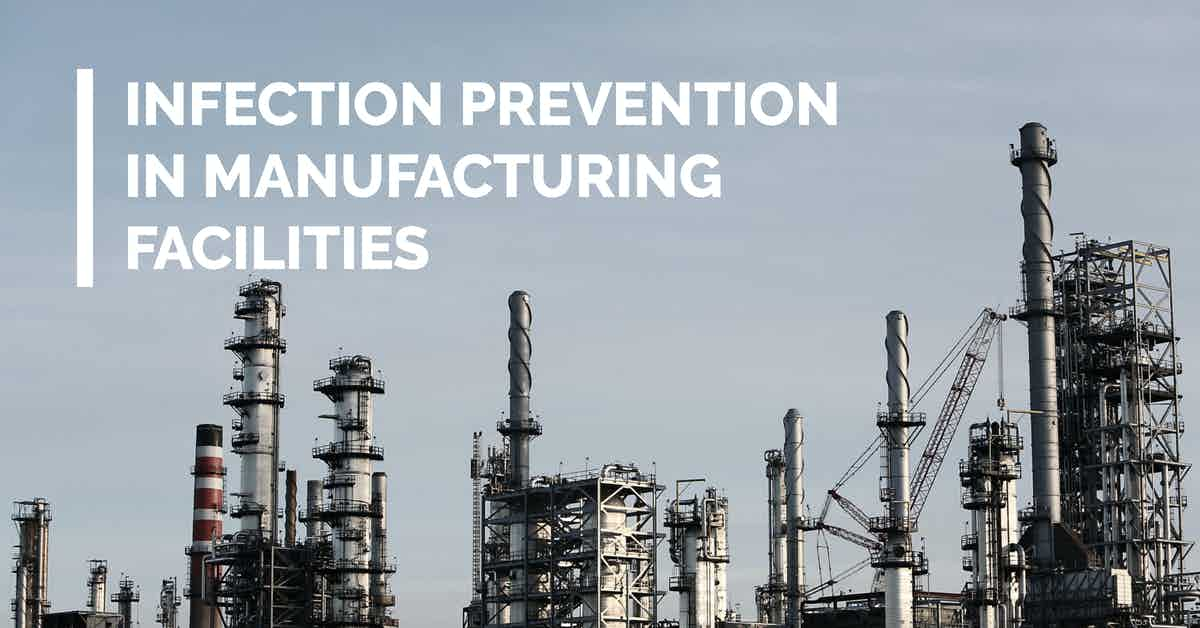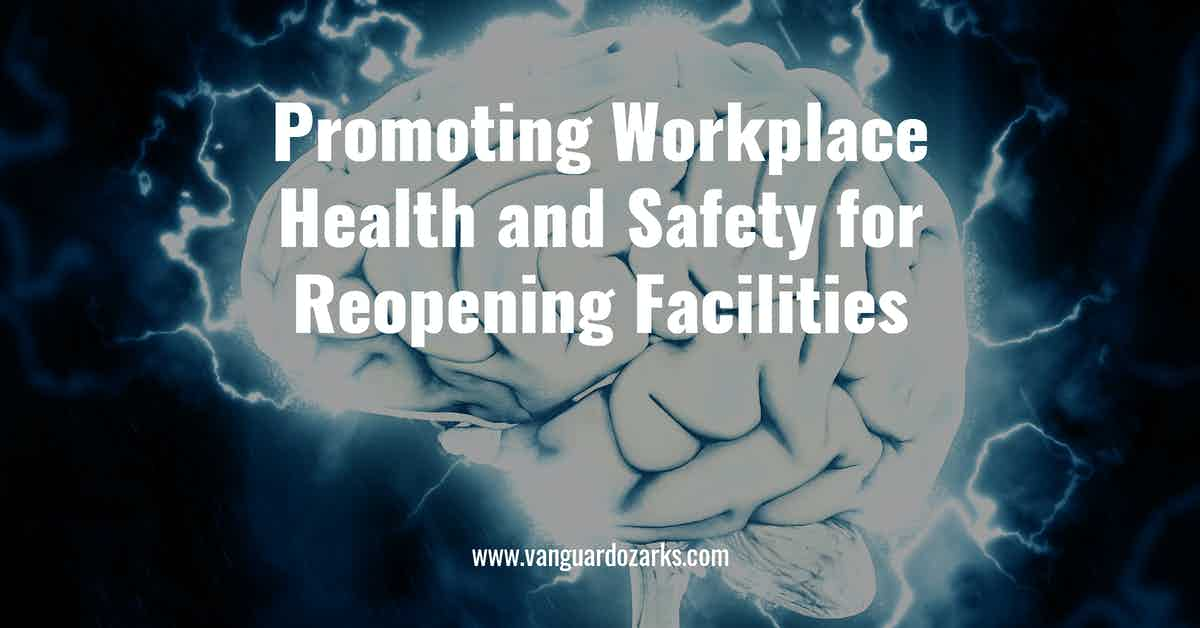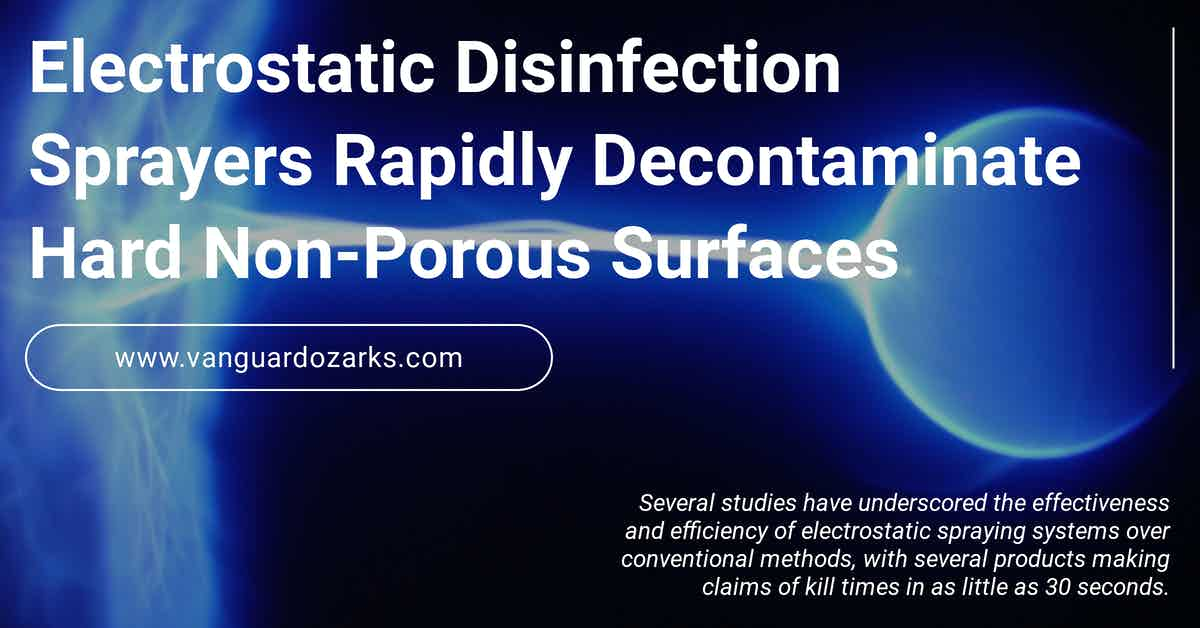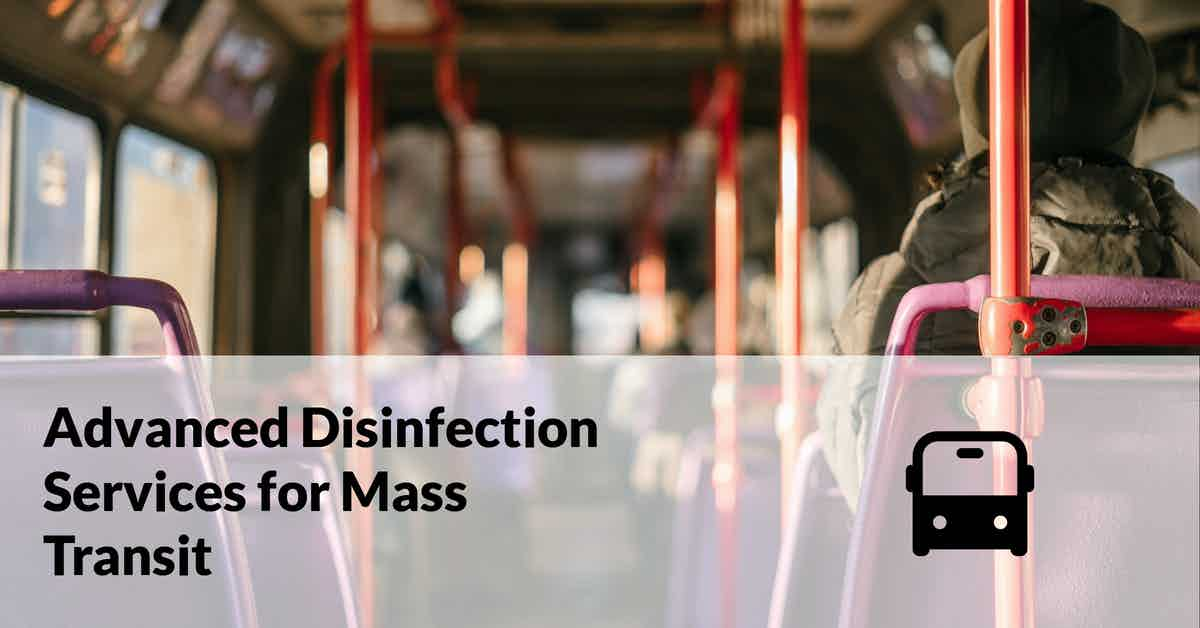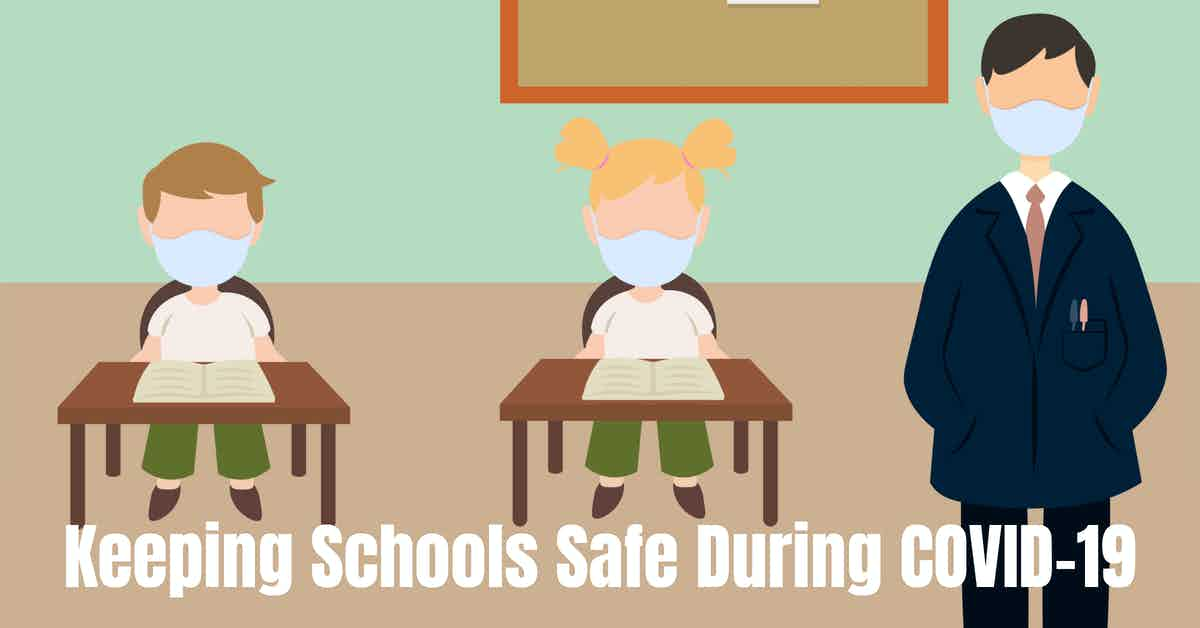Manufacturing facilities are critical to the U.S. supply chain, cybersecurity, and National Defense--underscoring the importance of maintaining a smooth operation by providing a clean, safe, and healthy work environment for employees.
The Importance of Infection Prevention for Manufacturing Workplaces
The COVID-19 health crisis demonstrated the importance of the manufacturing industry to U.S. consumer, corporate, and government interests--underscored by the wide swath of sectors listed by the U.S. Cybersecurity and Infrastructure Security Agency (CISA) as critical, including:
Iron Mills
Steel Mills
Medical Devices and Chemical Manufacturing
Alloy Manufacturing, Production, and Processing
Engine and Turbine Manufacturing
Earth Moving, Mining, Agriculture and Construction Equipment Manufacturing
Electric Motor Manufacturing
Vehicles and Commercial Ships Manufacturing
Aerospace Products and Parts Manufacturing
Locomotives, Railroad and Transit Cars, and Rail Track Equipment Manufacturing
Interruptions to these areas of the economy create supply chain issues, leading to facility closures and disruptions to the distribution of vital resources to downstream consumers and businesses--resulting in unemployment, additional health issues, and potential national security challenges.

